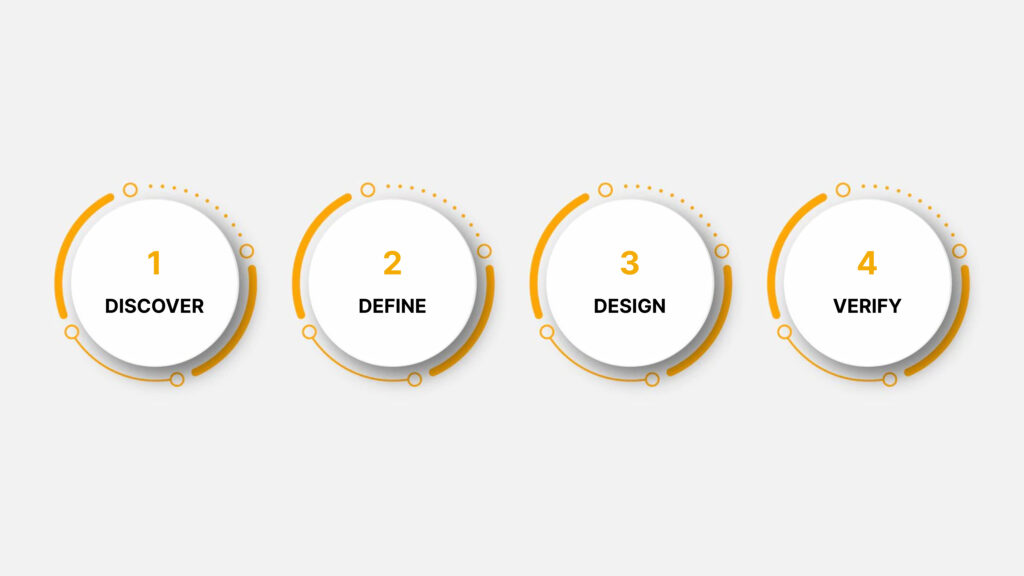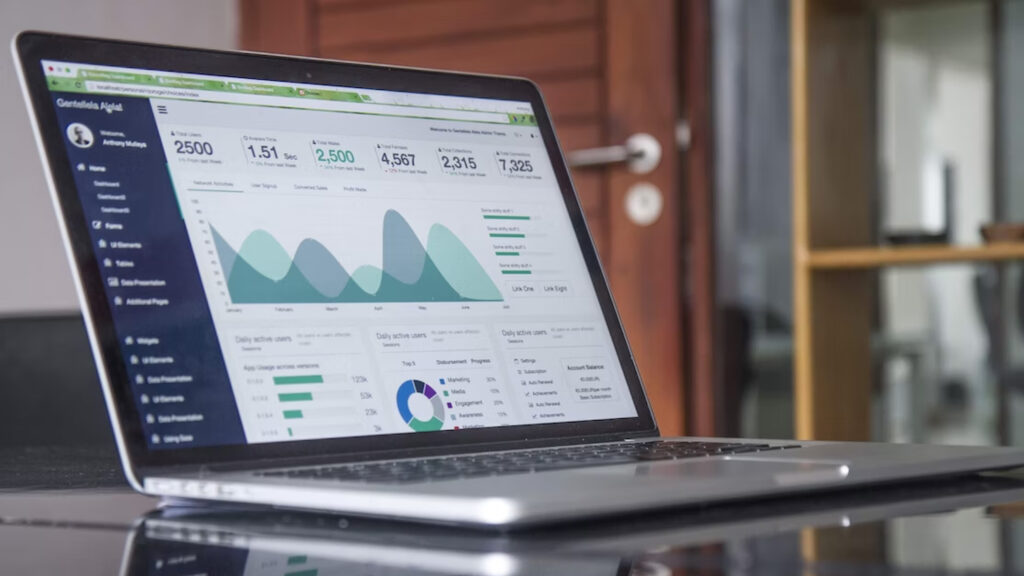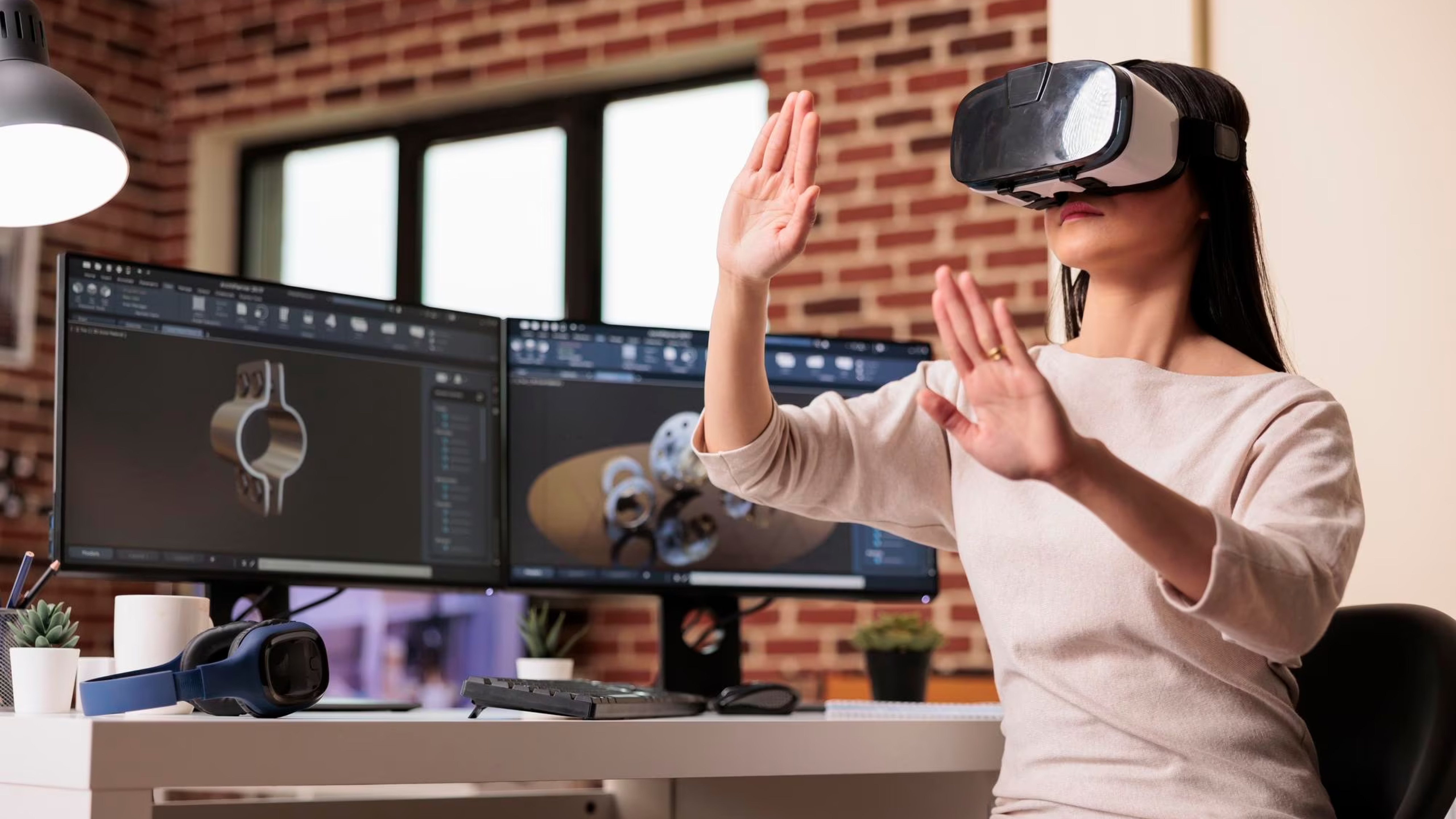
Optimizing Admin Panel Design: Techniques And Tools
Admin panel design is a crucial aspect of software development that is often overlooked. While it may not be intended for end-users, providing a well-designed and user-friendly Admin Panel can significantly contribute to a business’s overall user experience and success. A well-designed Admin Panel empowers those working behind the scenes to make decisions that can positively impact the company’s objectives. However, it’s not just about providing back-office tools to a back-office team but equipping them with the right technology to achieve business value through delighting customers, extracting insights, protecting user data and privacy and more.
This guide will provide tips, tools and techniques for designing effective admin panels. It will cover the basics of Admin Panel design, the process of building one and the qualities of a good design.
The Purpose
The purpose of an Admin Panel is to provide administrators of an application, website, or IT system with a central location to manage and oversee various aspects of the platform. This includes configuring settings, managing content and features, and monitoring the system’s overall state. In addition to technical and administrative tasks, admin panels allow for business-related functions such as monitoring customer accounts, addressing user issues, and processing transactions.
An Admin Panel displays all the data and information the system is programmed to collect and organize. This can include the technical status of the platform, details about customer and user profiles, and information about business operations. This data can be presented as an admin dashboard or through various levels of granularity in reports. Some admin panels may also provide templates for an admin dashboard to make it easier for administrators to use.
A well-designed Admin Panel allows administrators to take action on critical business-critical tasks, not just view information. One of the essential functions of an Admin Panel is managing users and providing them with a positive and high-quality experience.
An Admin Panel is a central location for managing and overseeing various aspects of an application, website, or IT system. One of its essential functions is user management. This may include the ability to approve or reject new users, manage user profiles, process user activities or transactions that require manual action from administrators, take interventions when users are not in compliance with platform policies, and engage and communicate with users.
In addition to user management, standard features found in admin panels include:
- Managing products, workflows, forms, and other core processes that are essential to the purpose of the app
- Content management, such as editing website pages, posting articles, and managing links and navigation between pages
- Integration with other systems and third-party services
- Audit log, security, and permission management.
The capabilities and features of an Admin Panel will depend on the essence and complexity of the system, as well as the tools and technologies used to create it. For example, organizations with simple websites may use pre-made, ready-to-use admin panels from content management systems such as WordPress or Wix. Similarly, small and medium-sized retailers using eCommerce platforms like Shopify or WooCommerce may have the default, off-the-shelf admin panels to manage products and users. However, admin panels for larger eCommerce companies like Amazon, Walmart, and eBay are likely to be more complex and tailored to their specific needs.
In summary, an Admin Panel design is a crucial aspect of software development that can significantly contribute to a business’s overall user experience and success. It’s essential to pay attention to admin panel design and features for specialized apps, platforms, and systems, even if end users are not directly interacting with the admin panel. An effective admin panel empowers the team working behind the scenes to make decisions that can positively impact the company’s objectives.
Tools And Techniques For Designing Admin Panels

Custom Admin Panel design and development are similar to consumer and enterprise applications. However, one unique consideration is that administrators are typically technically knowledgeable and capable. Therefore, when creating admin panels, it’s important to be exhaustive. To help break down the development journey, consider the process: Discover, Define, Design, and Validate. Several techniques and tools for each phase can be used to produce an admin panel that empowers administrators to be effective at their job.
1. Discover
When developing or redesigning an Admin Panel, it’s essential to make an effort to understand the users, the administrators, and how they perform their work. The discovery process for administrators should primarily focus on typical workflows and use cases. Probe further on the features, functionalities, methods, and techniques they find helpful or problematic. Additionally, rely on something other than the admin panel functionalities they know and have been used to. Look out for trends and innovative products that can further optimize the work of platform administrators.
To do this, here are a few concrete tools and techniques for the discovery process when designing an admin panel:
Desk research: Also known as secondary research, this is the process of gathering existing findings, studies, and other pertinent information for a new project. When designing admin panels, desk research helps discover industry trends and inspire the next course of action.
Shadowing: This is a qualitative research method where the researcher accompanies the user in their natural environment and observes how they use or interact with the product. This can reveal behaviour and insights that wouldn’t have been discovered otherwise.
In-depth interviews (IDI) or user interviews: This is where a product team asks individual users about what they think of a particular digital product. Compelling user interviews are typically semi-structured and should be done before designing the product, as part of usability tests, or even when the product is already live.
Ultimately, the value of user research is observing users and what they do rather than what they say they do. It’s essential to use a mixed-method research approach so that the results of shadowing and IDI are not taken at face value and are deemed representative of the context or additional information.
2. Define
After the discovery process, design and product teams should understand the tasks that administrators need to complete and the daily challenges they face. It is now time to translate this knowledge into solutions. Administrators are trained to be helpful and creative when it comes to problem-solving, and they will likely be generous with their time and ideas when they see genuine effort on the part of the design team to involve them in the design process.
In the definition stage of building admin panels, here are some techniques and practices that can be used to consult further or involve the administrators to help develop a platform that will make their work easier:
User personas: These are fictional yet realistic representations of typical or target customers. By creating 2-3 user personas that represent the product’s future users based on qualitative and quantitative user research, it will be possible to empathize with users when articulating their user journeys.
User flows: This tool illustrates the user’s movement within the product, outlining each step from the entry point to the last interaction. User flows come in the form of visual representations, typically flowcharts. Illustrating the user flow will allow designers to optimize the user journey for administrators to execute their tasks more efficiently.
User story mapping: This is an exercise where product teams create a visual representation of a user’s interactions with the product, evaluate which benefits the customer the most, and prioritize which features to be built first. The map is based on user stories, which follow this format: As a [type of user], I want to [action] so that [benefit]. This approach forces product teams to look at each interaction from the user’s perspective.
Information architecture: This pertains to how information is organized within digital products. When designers or information architects work on an admin panel, they lay out and relate each object, feature, or piece of content together to enable admins to efficiently access the information they require and execute the actions they need to take. UX designers also create the flows between screens and pages for seamless navigation. A prominent tool in creating an information architecture is a technique known as ‘card sorting’. In this exercise, instead of relying on the designers’ impressions on which pieces of content should be clustered together, the linkages should be based on the groupings that make sense to users (the admins, in this case). To conduct a card-sorting session, designers (ideally joined by some users) use actual cards or online card-sorting platforms to make it more visual.
It is important to note that these techniques and practices are not mutually exclusive and can be used together to ensure a comprehensive understanding of the administrator’s needs and to create a user-centred design. Involving administrators in the design process ensures that their needs are met and that the final product is tailored to their specific tasks and workflows.
3. Design
Creating the admin panel’s look and feel with a clear understanding of the user’s needs and how they will interact with the product, it is now time to create the visual design of the admin panel. The design process is iterative, meaning that design, prototyping, validation, engineering, and post-launch enhancements will be a continuous optimization process. During this stage, product teams and designers can move back and forth between wireframes, wireflows, and prototypes. These methods are often used interchangeably, but understanding the differences will help organize the design process for admin panels.
- Wireframes: These are black-and-white sketches that convey the features and functionalities within individual pages. They are low-fidelity representations of UI components (user interfaces), depicting the structures of visual elements and how content is grouped.
- Wireflows: These connect wireframe pages, similar to flowcharts, representing interactions, navigation, and flow from one wireframe to another. The primary use case for wireflows depicts a user working through a task as they move through several pages.
- Lo-Fi or Hi-Fi Prototypes: These are intended to partially simulate the product’s desired user experience (UX). Low-fidelity (lo-fi) prototypes are crude renderings of concepts to aid in brainstorming and validating design ideas. These can be in the form of pen-and-paper sketches, wireframes, or mockups. On the other hand, high-fidelity (hi-fi) prototypes are interactive, computer-based representations of the design that closely resemble the final product. Hi-fi prototypes do not need to be linked to backend mechanisms yet. Product development and UX professionals experienced in prototyping use tools such as Miro, Balsamiq, Figma, Sketch, Axure, or Pidoco, among many others.
4. Verify
Ensuring your Admin Panel design meets user needs. After designing your admin panel, it’s crucial to verify that it meets the needs of your users. Design verification is the process of evaluating whether the product fulfils the requirements and expectations of the intended users. Even if you involved sample users during the discovery, definition, and design stages, it’s still important to verify if what you’ve created is effective. To get a fresh perspective, it may be beneficial to involve a new set of representative users who have yet to be involved in the earlier phases. Product or design verification typically comes in the form of usability testing, which tests whether the sample users can complete a set of tasks. It’s ideal for user testing on a clickable prototype before the engineering team begins developing. Here are some key issues to test when verifying your admin panel design:
- Is this feature or valuable functionality for our admins? Is there room for improvement?
- Can the administrator complete Tasks A, B, and C? How can we improve the design to empower the admin in these tasks better?
- Can the administrator navigate easily from the home page of the admin panel to adjust Settings A, B, C (and so on)?
- What are the gaps or inefficiencies in the user journey from Page A to Page B?
Critical Qualities Of A Well-Designed Admin Panel

An effective Admin Panel design can significantly impact a business’s customer experience and overall success. Here are some essential qualities to consider when designing an admin panel for your system or platform:
- Simple, clean and straightforward interface: Keep the interface simple and uncluttered, focusing on the essential information and tasks for the administrator.
- Efficient User Experience (UX): The admin panel should enable efficient execution of tasks, with quick and easy access to settings and configurations.
- Shortcuts and hotkeys: Incorporating shortcuts for simple adjustments can significantly improve the efficiency of the UX.
- Consistency in design: Consistent design elements, such as layout, language, icons and navigation, will help administrators develop habits and work more efficiently.
- Tooltips, guides and instructions: Providing clear and concise instructions and explanations alongside complex functions and settings will help administrators understand and navigate the panel more easily.
Champion The Admins
Creating a well-designed Admin Panel is essential for any business. It’s the backbone of your platform and, if done right, can make all the difference in the user experience for your customers. The key to success is focusing on your admins’ needs and expectations. By placing them at the forefront of the design process, you ensure that the end product meets their unique requirements and, in turn, your customers’ needs. With the right tools and techniques, you can develop an Admin Panel that is intuitive, efficient, and easy to use for all. Empower your admins, empower your customers and empower your business.
Manish Surapaneni
A Visionary & Expert in enhancing customer experience design, build solutions, modernize applications and leverage technology with Data Analytics to create real value.
Other articles

Manish Surapaneni
Stop Outsourcing Your Ethics, Tech Leaders
Setting up their own ethics committee is a step forward for tech companies, as they are the clear winners of

Manish Surapaneni
How To Beat The Tech Talent Squeeze In 2023: 6 Proven Strategies
In the current economic climate, with rising costs and increased job turnover, one of the biggest mistakes a company can

Manish Surapaneni
How Augmented Human Intelligence Can Enhance Our Lives With Machines
The advancement of technology has simplified our lives. It has also significantly increased our reliance on electronic devices. MIT Media